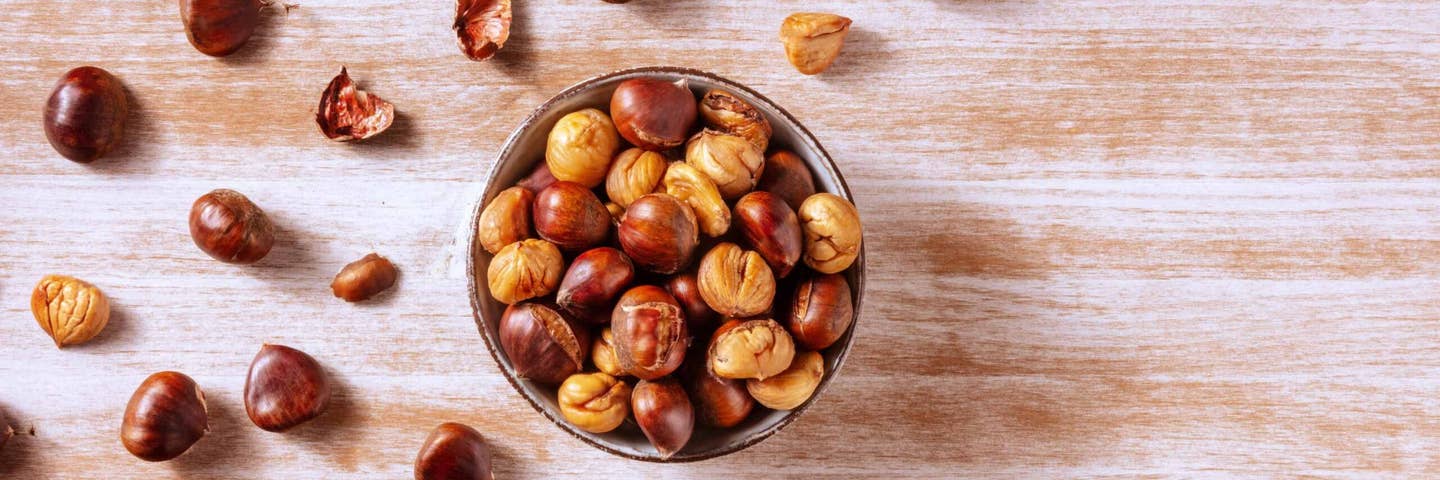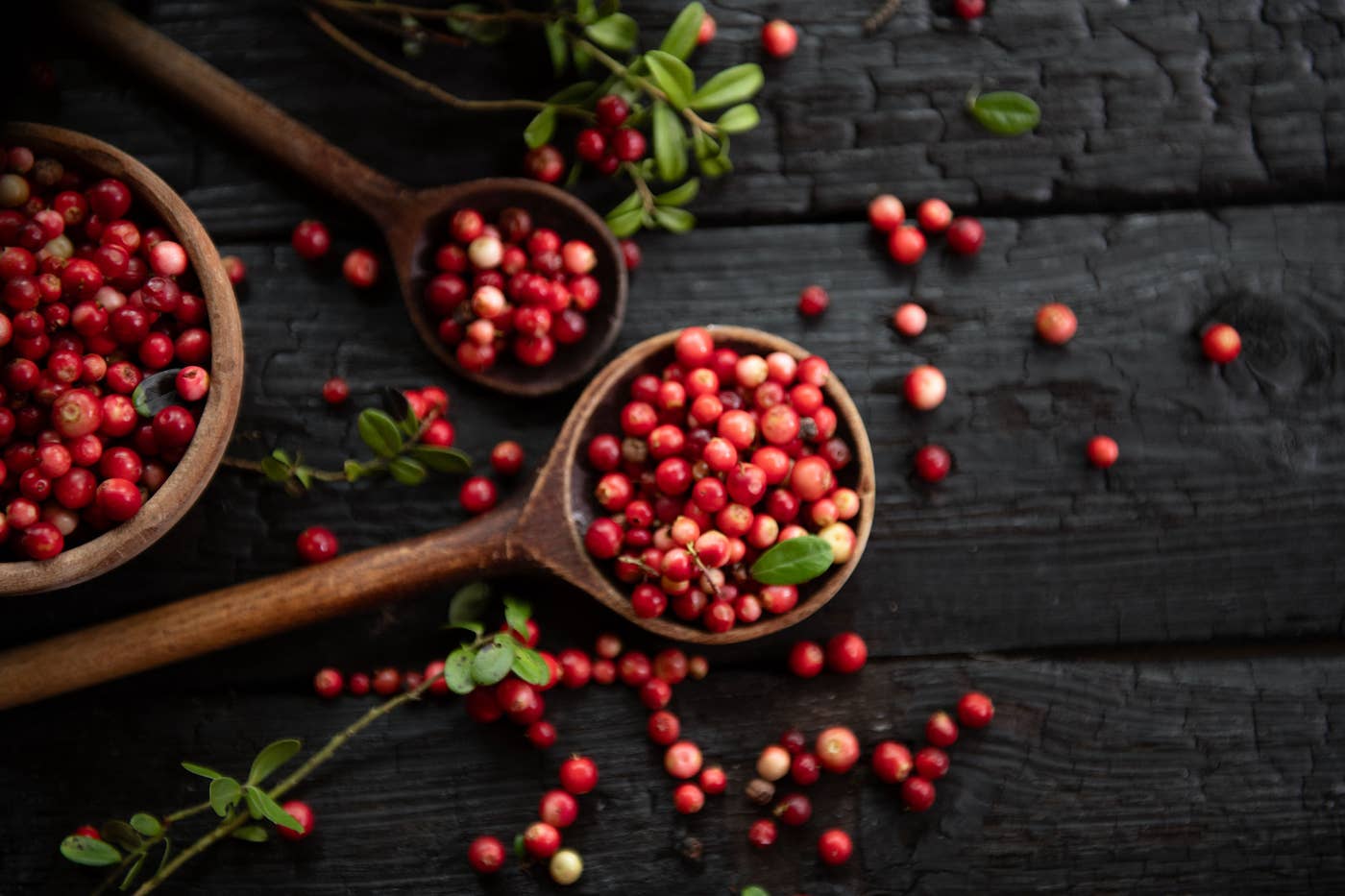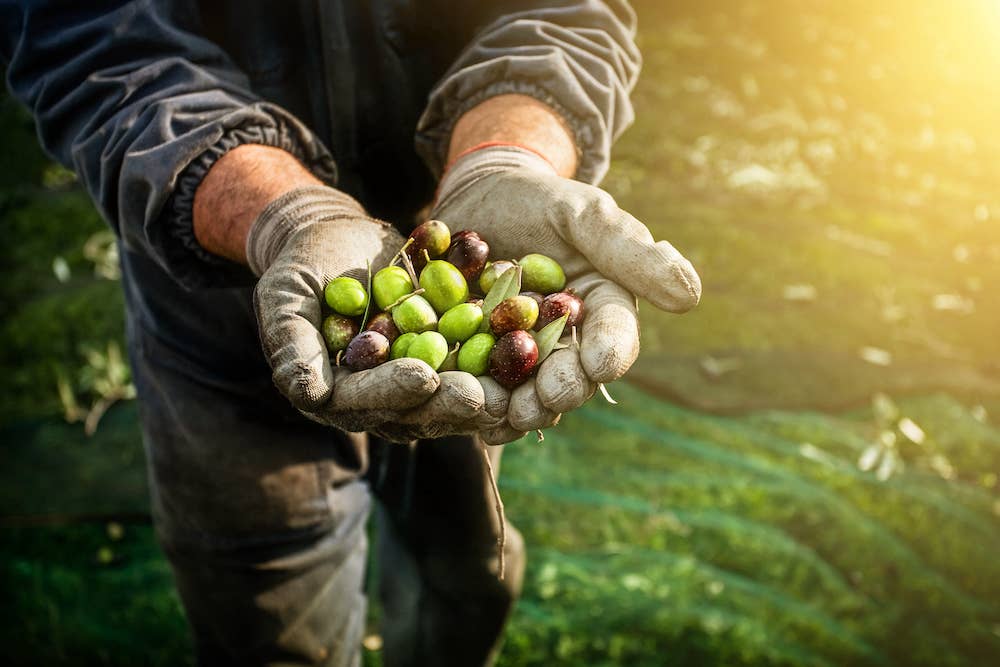Here’s everything you need to know to prepare and enjoy a Buddha bowl.
First off…just what is a Buddha bowl?
Buddha bowl is a catchy name for a simple concept: a one-dish meal that’s made by piling a healthy combination of whole grains, vegetables, legumes, and a luscious sauce in a large, single-serving bowl.
Where did it get its name?
Ever since Buddha bowls began popping up on restaurant menus and food blogs, there has been a lot of speculation about how the term came about. One oft-quoted article on Epicurious tied the name to how the Buddha would carry a bowl with him and fill it with food that was given to him given by people he met on his travels. Other sources point to how the mounded top of the filled bowl looks like a Buddha statue’s belly. The truth is, “bowl cuisine” as we know it has been around for decades and Buddha bowl-type meals with it. They’ve just been called different names—such as “grain bowls,” “hippie bowls,” “macro bowls,” and “nourish bowls.”
Is there a specific recipe?
Just as there’s no one name for one-bowl meals, there’s no one recipe either. They can be eaten hot or cold, made ahead or assembled at the last minute, prepared according to a recipe or thrown together with whatever’s on hand. The main thing is that the bowl should have a balanced mix of ingredients that look good, taste good, and are good for you.
How do you make a Buddha bowl?
Balance is key when assembling a Buddha bowl; after that, anything goes. Many restaurants offer build-your-own bowl options, which gives you an idea of how versatile the dish can be. Some of the best Buddha bowls tend to be the ones made from leftovers or whatever you have on hand in the fridge. Here’s a quick rundown on how to make your own:
1. Choose a grainy base.
Fill the bottom of a large (2- to 3-cups is ideal) bowl ⅓ of the way with hot or cold whole grains, like brown rice, bulgur, barley, quinoa, or polenta. Whole grains are the most common Buddha bowl foundations, but you can also branch out to other complex carbs like potatoes, whole grain pasta, and noodles, which also absorb flavors well.
2. Pile on the veggies.
Arrange an assortment of vegetables in clusters overtop the base. Choose veggies with colors and consistencies that will play off each other, like crisp steamed broccoli with tender cubes of butternut squash, creamy avocado slices with crunchy corn kernels, or juicy red beets with light, bright green peas. Use as many as you like—or as many as will fit! And don’t forget greens! When prepping, keep all toppings bite-sized so they’re easy to stir together and eat with a fork or spoon.
3. Add legumes.
Fill out the bowl with ½ to 1 cup of super satiating plant-based ingredients, such as lentils, black beans, chickpeas, edamame, and other legumes.
4. Sprinkle with crunch and flavor.
Nuts, seeds, diced fruit (fresh or dried), chopped onion, and herbs all go on the nearly finished Buddha bowl now. Keep add-ons to a tablespoon or two, and limit herbs to about a teaspoon so they don’t overpower the other bowl components.
5. Drizzle with sauce.
The sauce you use to season your Buddha bowl brings together all the flavors of the base and toppings. Pestos, pasta sauces, peanut sauce, miso sauce, salad dressings, and dips all make great Buddha bowl options, and sometimes just a squeeze of lemon juice is all you need.
Got a blah Buddha bowl? Here’s how to fix it!
Sometimes a luscious-sounding combo of your favorite ingredients ends up needing a little something to bring all those fabulous flavors together. Here are 10 quick-fix ideas to try:
- Squeeze of citrus juice
- Sprinkle of nutritional yeast
- Shake of hemp, chia, sesame, or flaxseeds
- Dash of hot sauce
- Drizzle of maple syrup
- Pinch of curry or chili powder
- Few drops of soy sauce
- Drizzle of vegetable broth
- Dollop of barbecue sauce
- Squeeze of mustard
- Swirl of tahini, tahini sauce, or nut butter
How long will a Buddha bowl keep in the fridge?
Since there are no highly perishable items in plant-based Buddha bowls, most of them will keep in the fridge for up to three days. Just be sure to leave off extra-juicy toppings, such as tomatoes, and fruits that may brown, such as apples and pears, until ready to serve.
Buddha Bowl Recipes
Don’t want to freestyle your way through building a Buddha bowl, or just looking for some fresh inspiration for flavor combinations? You can’t go wrong with these Buddha bowl recipes from Forks Over Knives.
- Spring Roll Bowl
- Italian Roasted Vegetable and Wheat Berry Buddha Bowl
- Thai Rice Salad Bowls
- Quinoa Curry Bowl
- Blueberry Spinach Salad Bowl with Orange Vinaigrette
- Forbidden Rice Bowl with Quick-Pickled Cabbage
- Orzo Bowl with Kidney Beans and Sautéed Veggies
- Hollywood Bowl Brown Rice Salad
- Rice Bowls with Kidney Beans, Spinach, and Mixed Veggies
- Green Goddess Grain Bowls
- Jerk Grain Bowls with Air-Fried Plantain Chips
- Blueberry Farro Grain Bowl
- Mujadara Bowls with Parsley-Tahini Sauce
- Mango Rice Salad Bowls
Related News
Try Our Top-RatedMeal Planner Free

Forks Meal Planner takes the hard work out of making nutritious meals the whole family will enjoy.
SAVE $200 ON OUR ULTIMATE COURSE

Join our best-selling course at a new lower price!





